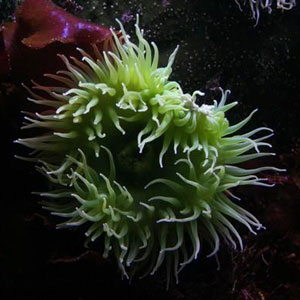Plants in outer space may be black
Plants on other planets may be black
mongabay.com
June 20, 2007
Plants in outer space could be black if they is mechanisms other than chlorophyll to harness the energy of the sun, reports a new study published in Astrobiology.
“Ideally, what you want is a black molecule that absorbs all of the light,” said Dr. Robert Blankenship of Washington University in St. Louis. “There could be another system developed on an extrasolar planet where plants are completely black if the spectrum of light that’s available to organisms is different from the light available to organisms on Earth. Then, for sure, the plants will have different types of pigments tuned to absorb those wavelengths of light available on the other world.”
Blankenship says that by being green, Earth’s plants waste some available energy,

|
Blankenship is part of the Virtual Plant Laboratory, a NASA group based at the Jet Propulsion Laboratory in Pasadena, California. He and his colleagues are studying light that comes from stars and extrasolar planets to speculate the atmospheric composition of other planets. Specifically they are looking for signs of life on other planets.
“One key biosignature is the existence of disequilibrium — the simultaneous presence of things that should not coexist on a dead world,” explained a news release from Washington University. “The presence of methane and oxygen together on an extrasolar planet, for instance, would be a strong smoking gun for the possible existence of life.”
According to the statement, “Blankenship said that speculation about the natural world of extrasolar planets is at this point speculative, but that it is important to get a handle on what the possibilities are, how things might look, what measurements to make and what experiments to do to conclude whether there is life on another world.”